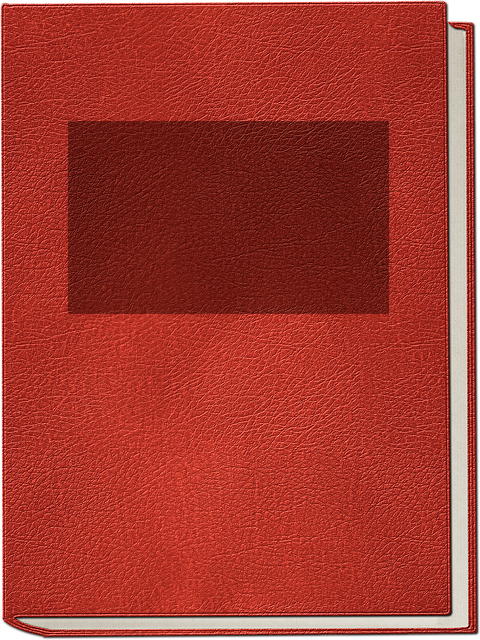ArticleOriginal scientific text
Title
Comparative Study of the Physico-Chemical and Metallic Quality of Waters and Sediments in the Larbaa Basin (Morocco) in the Dry and Wet Period
Authors 1, 1, 1, 1
Affiliations
- Georesources and Environment Laboratory, Sidi Mohamed Ben Abdellah University, Fez, Morocco
Abstract
The catchment area of Oued Larbaâ is located in the eastern prerif at the very eastern end of the large Innaouene basin, a stream of Oued Sebou [Lahrach. A et al., 1994]. The objective of the study was to establish a quality comparison of the watershed during the dry and wet seasons. Eight water and sediment samples were taken during the two seasons, all along the main channel of the Larbaa river, taking into account anthropogenic activities and the areas of confluence with its tributaries: Tarmasst, Taza, Larouireg, Defali and Jaouna. The physicochemical parameters (pH, EC, TDS, nitrates, sulfates, chlorides), as well as metal contamination (Al, Zn, Ni, Pb, Ag, Fe, Cd, Cr, Cu, Mg, Mn) were studied in summer. The results revealed the alkaline pH higher than 7, a significant electrical conductivity in several stations, but still conforming to the Moroccan standards. Laboratory analyses reflect that the waters of the basin have generally good quality, except for a few peaks that indicate metallic contamination in Fe and Al. In order to better assess whether there is an anthropogenic effect influencing these results, and to remove the relationships between the different parameters studied, a statistical analysis was carried out with the PCA tool. This analysis made it possible to indicate Cr, Ni and Al as indices of pollution in certain areas. Although the results obtained have been tolerant until now, it is necessary to put in place an action plan to control the areas at risk of contamination during the years.
Keywords
Larbaa basin, surface water, physicochemistry, pollution, heavy metals
Bibliography
- 1. Afnor, 1997. Qualité de l’eau. Recueil des normes françaises environnement (en français). Vol. 1, 2, 3 and 4, pp. 1372.
- 2. Akdim B., Laaouane M., Taous A. and Obda K. 2003. Risques hydrologiques dans la région de Taza (Maroc): Genèse, conséquences et problèmes d’aménagement (en français). Geomaghreb, 14, 47–60.
- 3. Arrêté conjoint n° 1275–01 du 17 octobre 2002 définissant la grille de qualité des eaux de surface (en français) B.O n° 5062 du 5 décembre 2002.
- 4. Ben Abbou M., El Haji M., Zemzami M., Bougarne L. and Fadil L. 2014. Dégradation de la qualité des eaux de la nappe alluviale de l’Oued Larbaa par les déchets de la ville de Taza (Maroc) (en français). International Journal of Innovation and Scientific Research, 10(2), 282–294.
- 5. Bouras S., Maatoug M., Hellal B. and Ayad N. 2010. Quantification de la pollution des sols par le plomb et le zinc émis par le trafic routier (cas de la ville de Sidi Bel Abbès, Algérie occidentale) (en français). Les technologies de laboratoire, 2, 5(20), 17.
- 6. Lahrach A. 1994. Potentialités hydrogéothermiques du Maroc oriental (en français). Thesis of Doctorate of Specialty, National School of Engineers of Sfax, Tunisia.
- 7. Philippeau G. 1986. Comment interpréter les résultats d’une analyse en composante principales (en français), ITCF: Paris, pp. 63.
- 8. Sadiki A., Mesrar H., Faleh A. and Chaaouan J. 2012. Modélisation et cartographie des risques de l’érosion hydrique: cas du bassin versant de l’oued Larbaa (Maroc) (en français). Papeles de Geografía, 11(55–56), 179–188.
- 9. Tribak A. 2000. L’érosion hydrique en moyenne montagne du Prérif oriental (Maroc): étude des agents et des processus d’érosion dans une zone de marnes tertiaires (en français). Thesis of State Doctorate, University Chouaib Doukkali, El Jadida.
